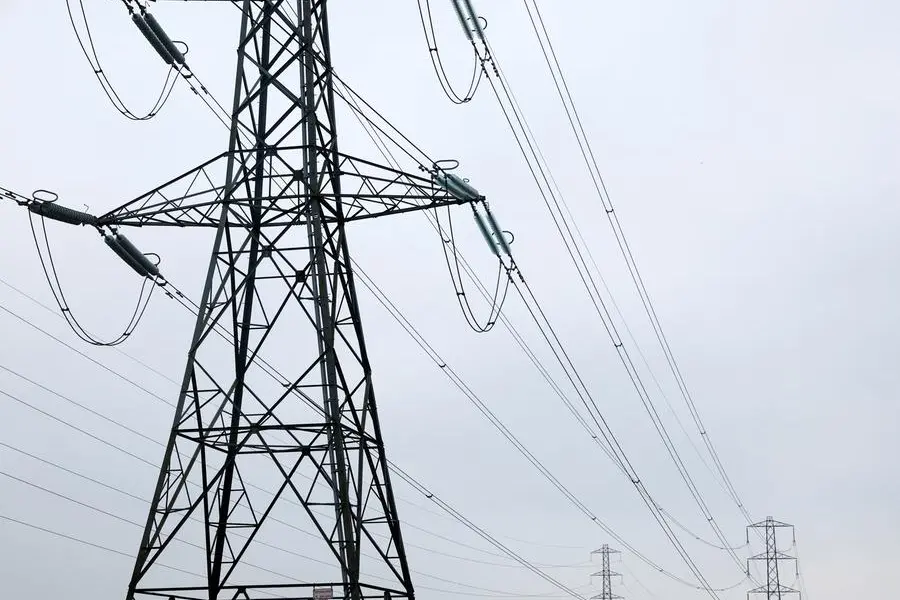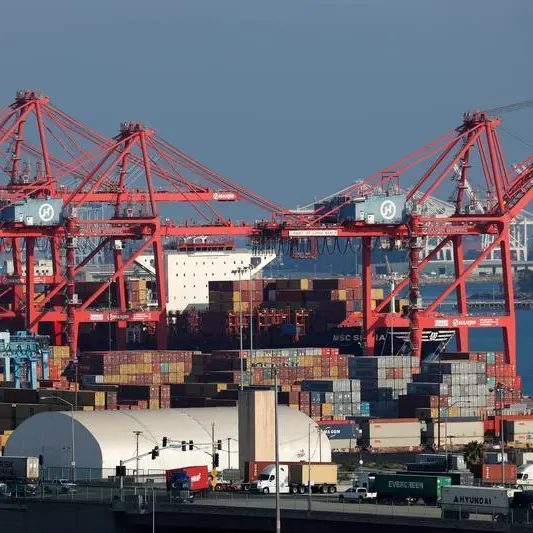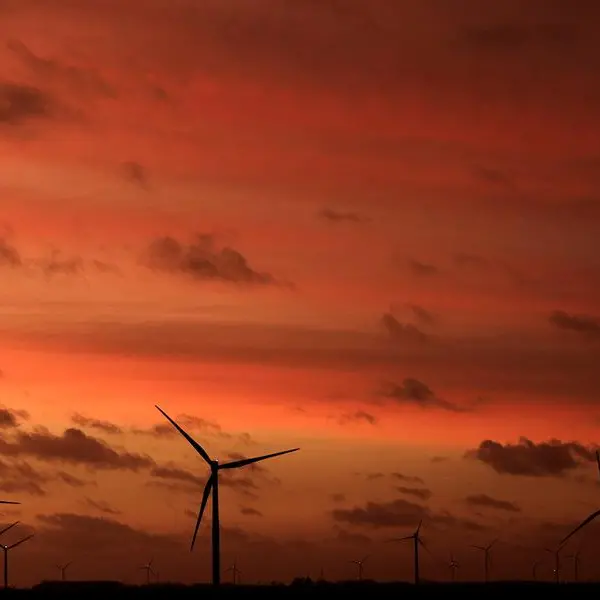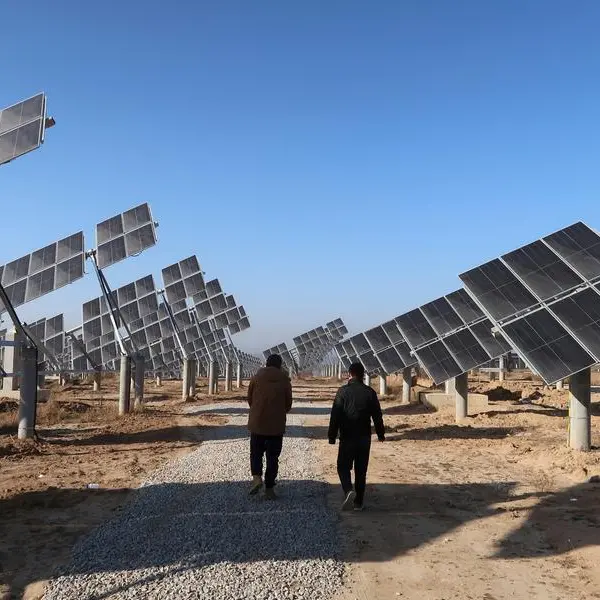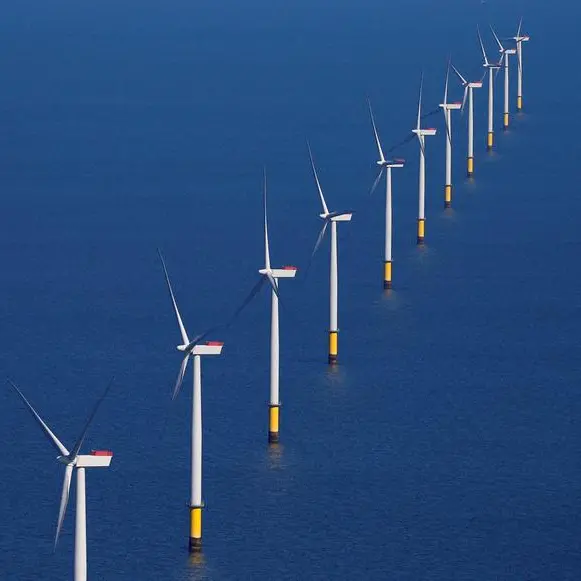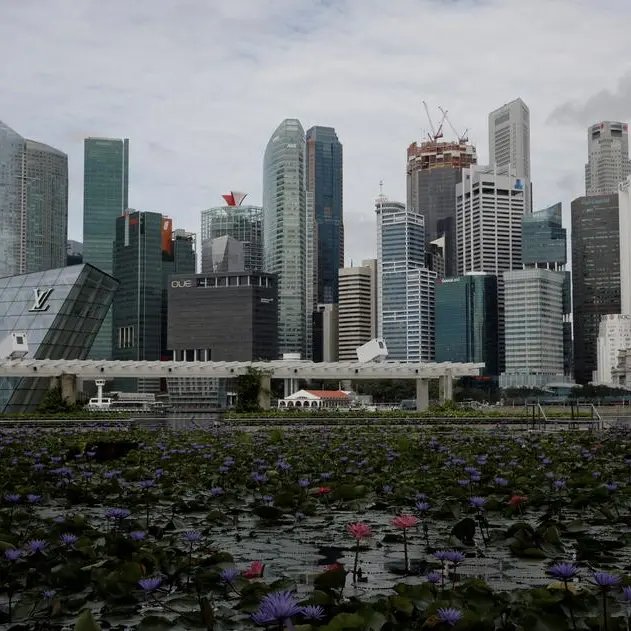PHOTO
LITTLETON, Colorado - Mainland Europe's two largest economies have reached key power price deals this month that should set the stage for increased power consumption by industry from 2024 onwards.
Higher power and industrial output will in turn likely generate higher total emissions, even amid ongoing efforts to deploy more clean energy throughout Europe's power systems.
Europe's largest economy and main manufacturer Germany reached a five-year agreement on Nov. 9 on a package of measures designed to reduce power prices for energy intensive industries that have struggled with high energy costs since Russia's invasion of Ukraine severed gas supplies in 2022.
And this week France's state-controlled power group EDF reached a deal with the government on future nuclear power prices, paving the way towards higher power sector investments and output in 2024.
Both power deals aim to reduce costs and boost energy supplies to households and businesses next year, and will likely spur a rise in total power consumption across Europe following a rare contraction in Europe's power use so far in 2023.
EMISSIONS TO REBOUND IN 2024?
Europe's power sector emissions dropped by over 10% through October from the same period in 2022 to the lowest cumulative sum for that period since at least 2015, as much of Europe's heavy industry operated at below capacity and consumed less energy, data from think tank Ember shows.
Power output from fossil fuels also dropped by around 10% through October, while power generation from clean sources rose by 3.6% to result in a 2.4% decline in Europe's total power generation through the first 10 months of the year.
Europe's power emissions look set to rebound in 2024 if overall power output increases, as more generation from power plants fuelled by natural gas and coal will be needed alongside greater generation from renewable sources to ensure higher stable power supplies to consumers.
Direct emissions from Europe's heavy industries will also likely increase if their collective production rises from the stunted levels of the past year or so. Some of Europe's industrial plants have switched power sources to electricity from captive fossil fuel-powered plants, or to heat pumps from industrial boilers, and so may have been able to lift output while lowering emissions.
But many of Europe's largest energy consumers have been unable to make any notable changes to power sources in recent years, and so have been forced to throttle back production in the face of sharply higher energy costs that remain over three times the average seen in 2019, data from LSEG shows.
Some of the most acute declines in industrial output occurred in Germany, Europe's top manufacturing economy.
German output of chemicals, fertilizers, steel and certain manufactured goods slumped to multi-year lows this year as high power costs stifled production.
But those same businesses may now be primed to increase output in 2024 thanks to the new power deals that look set to drive energy costs lower from 2024 and provide manufacturers with greater certainty about the energy price outlook over the coming years.
UNEVEN OUTCOMES
Combined electricity generation in Germany and France historically accounts for around 22% to 24% of total electricity generation in Europe, so any sustained rise in output from both those countries will likely directly lift Europe's total electricity supplies.
However, as more than 60% of France's electricity is powered by non-emitting nuclear plants while over 50% of Germany's electricity comes from fossil fuels, the emissions impact of the combined upturn in generation from both counties will be uneven.
That said, France is the larger power exporter of the two, so any sustained rise in French power output should result in greater quantities of clean power flows to European importers.
The outlook for German power exports depends on the extent of any net increase in Germany's domestic power consumption, as Germany is both a power exporter and importer but may reduce export flows if domestic power use picks up.
GERMAN FOCUS
Germany's total power generation through October dropped by more than any other major economy in Europe, but may now rise by more than European rivals thanks to the power price deal which is aimed primarily at resuscitating industrial activity.
Just how successful the power deal will be in reviving industrial output remains to be seen, as the average power price reduction from the tax break component of the deal is estimated to be only roughly 6%, from around 25.9 cents per kilowatt hour to 24.4 cents/kwh, according to Eurasia Group.
But in conjunction with other forms of support contained in the deal, including 5.5 billion euros ($5.9 billion) in direct financial aid, the measures are expected to reinvigorate several manufacturers who were previously reticent about output increases given uncertainly over the energy price outlook.
The outlook is less clear for producers of chemicals, fertilizers and steel products, given the high reliance of those industries on still-expensive natural gas. But if the demand for their products increases thanks to restored activity elsewhere in the manufacturing supply chain, then at least the lower cost producers of those key industrial ingredients may boost output.
That in turn would help policymakers achieve their aim of fostering a German industrial economic recovery, but may in the process lift emissions for the whole of Europe, and thereby undermine region-wide efforts to steadily reduce pollution by 2050.
($1 = 0.9348 euros)
(Reporting by Gavin Maguire; Editing by Stephen Coates)
